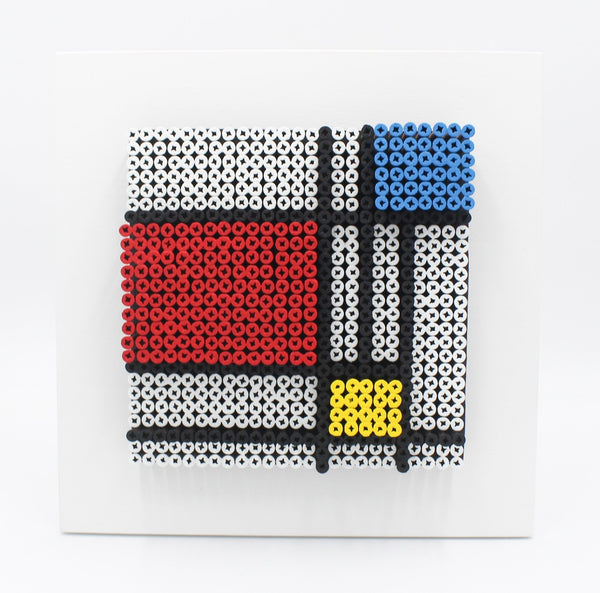Screw Art , also known as "screw art", is a type of art that uses screws, bolts, nuts, nails and other types of metal fasteners to create works of art. It is a relatively new art form that has gained popularity in recent years due to its ability to transform ordinary materials into something extraordinary.
Artists who work with screws often use scrap materials , such as pieces of wood and metals, to create their works. They also need a lot of tools, such as screwdrivers, wrenches, pliers and welders, to put the parts together. Creating a single piece can take hours or even days.
Screw Art is a very versatile art form , as it can be used to create sculptures, paintings and even furniture. Artists who work with screws can create abstract or realistic works, and metal fasteners can be used to add textures and details to the work. Colors can also be added to the work using paints or patina techniques.
The history of Screw Art dates back to the 1930s, when American artist Alexander Calder began creating sculptures out of wire and sheet metal. Over the years, other artists began using industrial materials to create artwork, and Screw Art was born.
Over the years, many artists have emerged in the field of Screw Art. Some of the best known include Andrew Myers, who creates incredibly detailed portraits using screws, and British sculpting duo Tim Noble and Sue Webster, who use metal fixings to create shadows and silhouettes on walls.

Screw Art is also popular with art lovers and collectors. Screw art is often highly coveted due to its unique nature and the difficulty in creating it. Artists who work with screws can sell their works directly to buyers or through art galleries.
In conclusion, Screw Art is an innovative and fascinating art form that continues to gain popularity in the contemporary art world. Artists who work with screws have found a unique way to use industrial materials to create intricate and stunning works of art. In time, Screw Art could become one of the most important and influential art forms of the 21st century.










